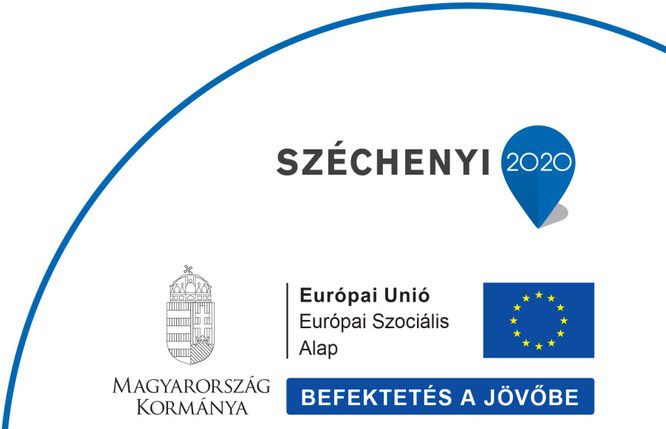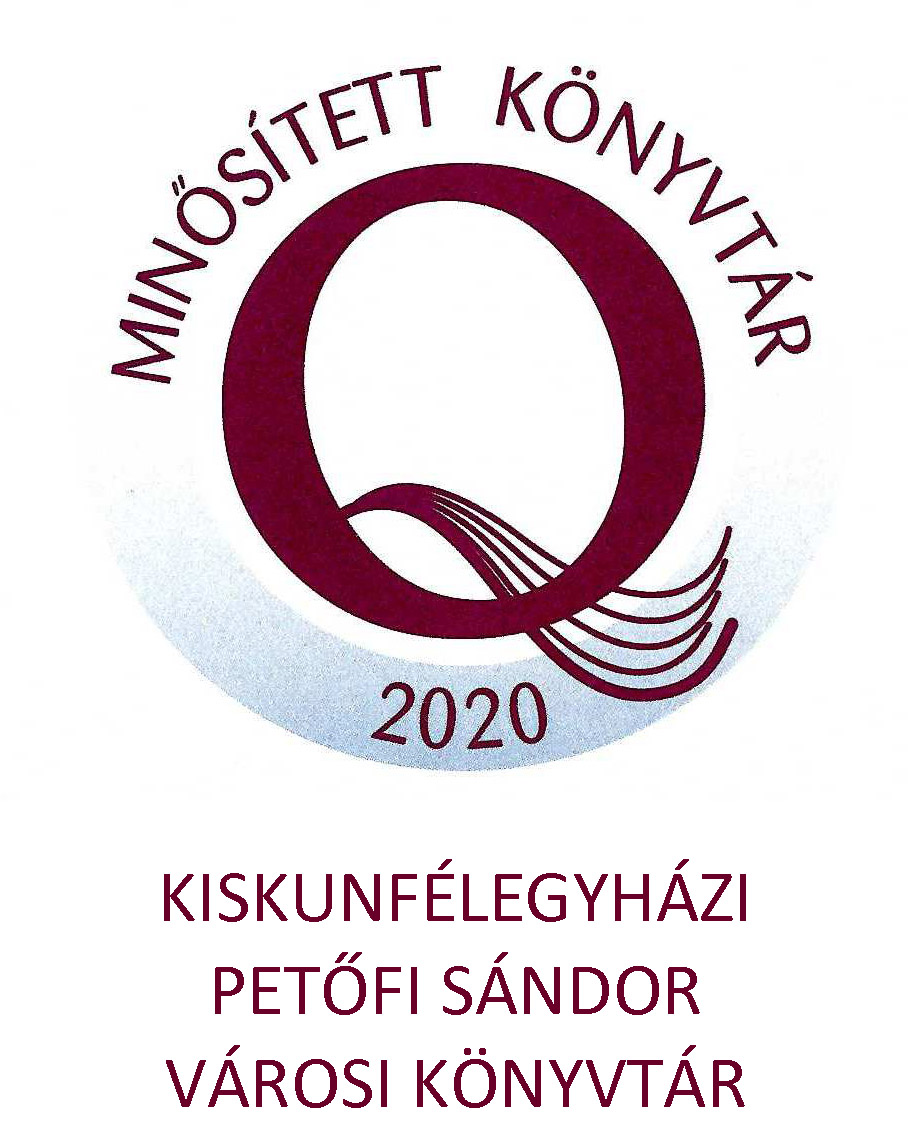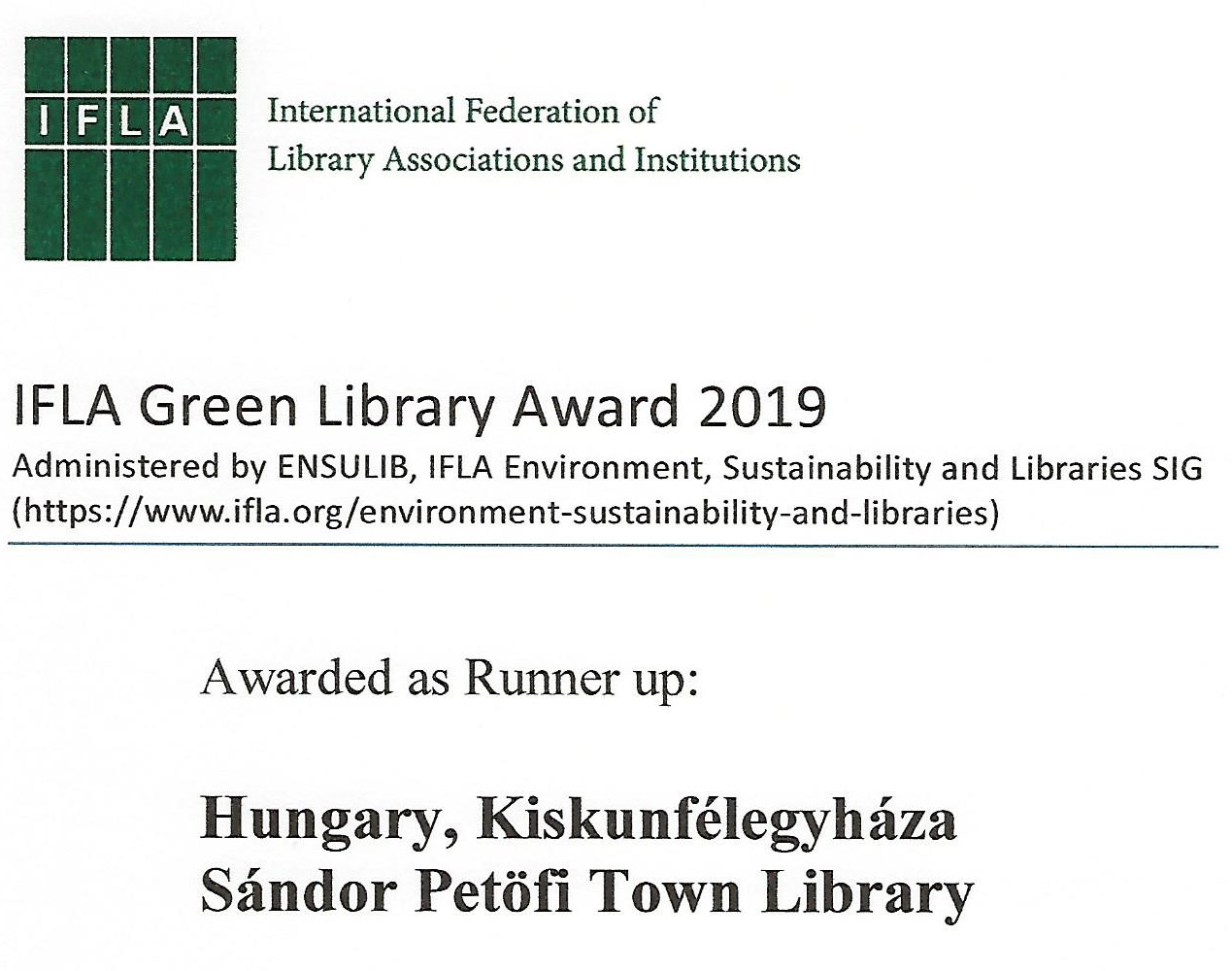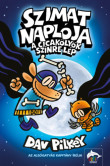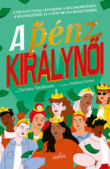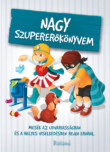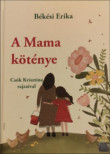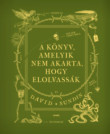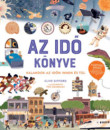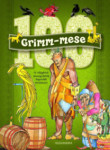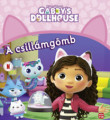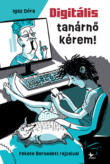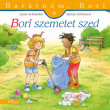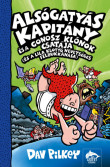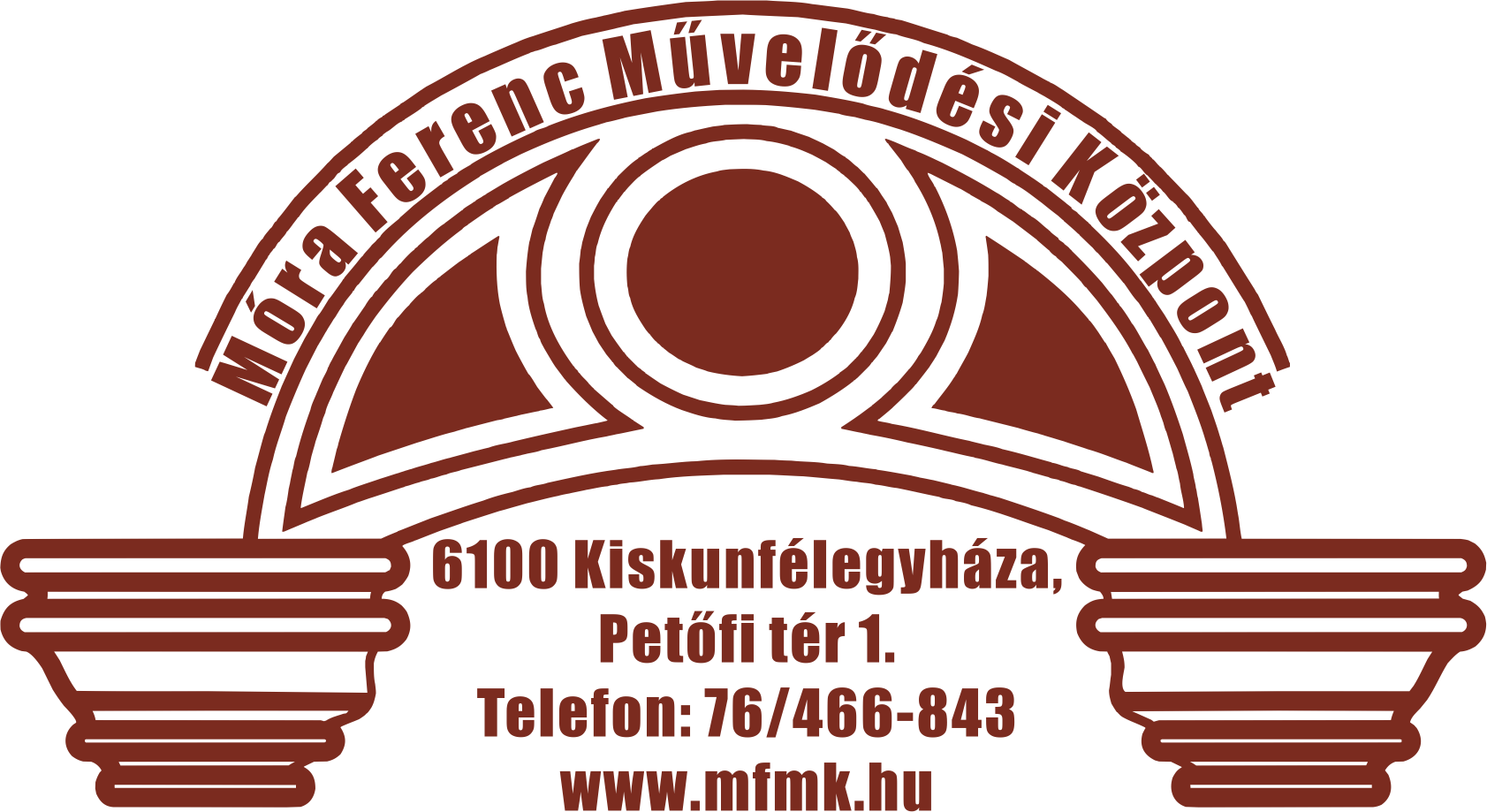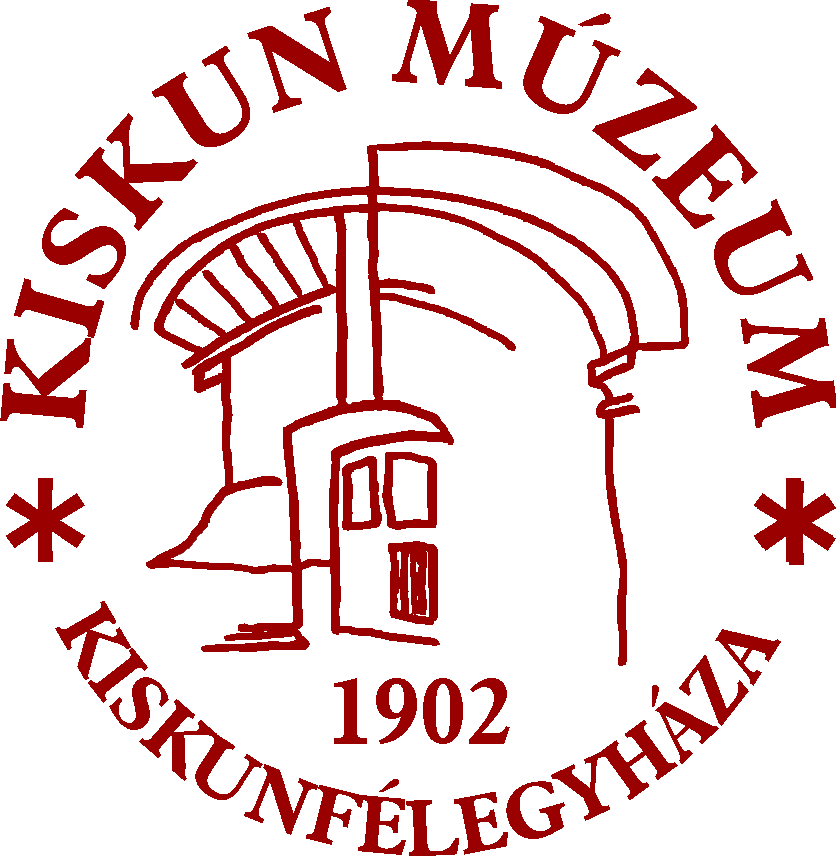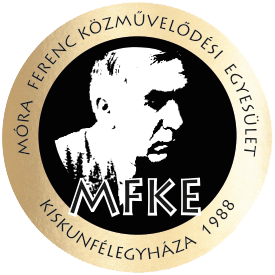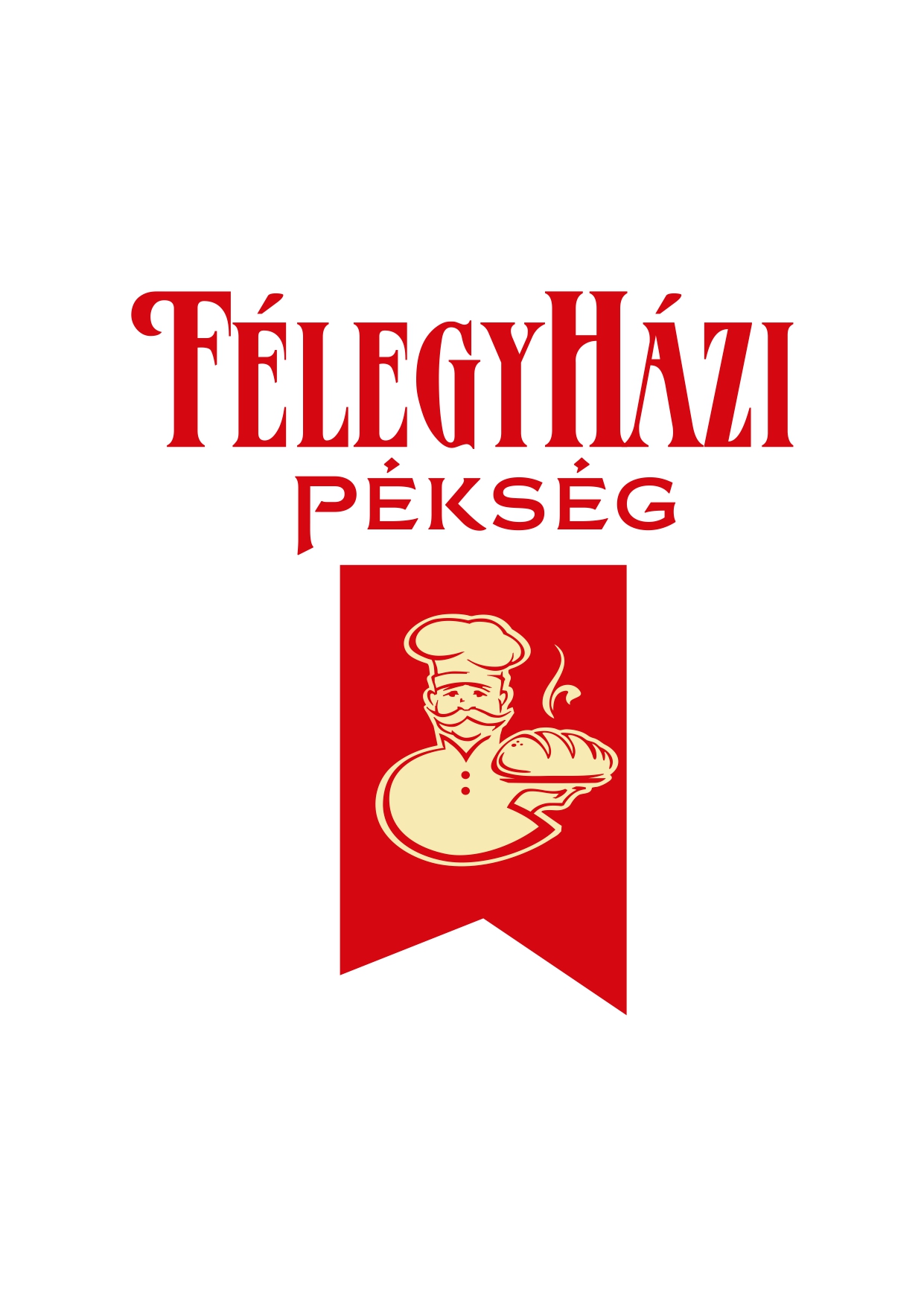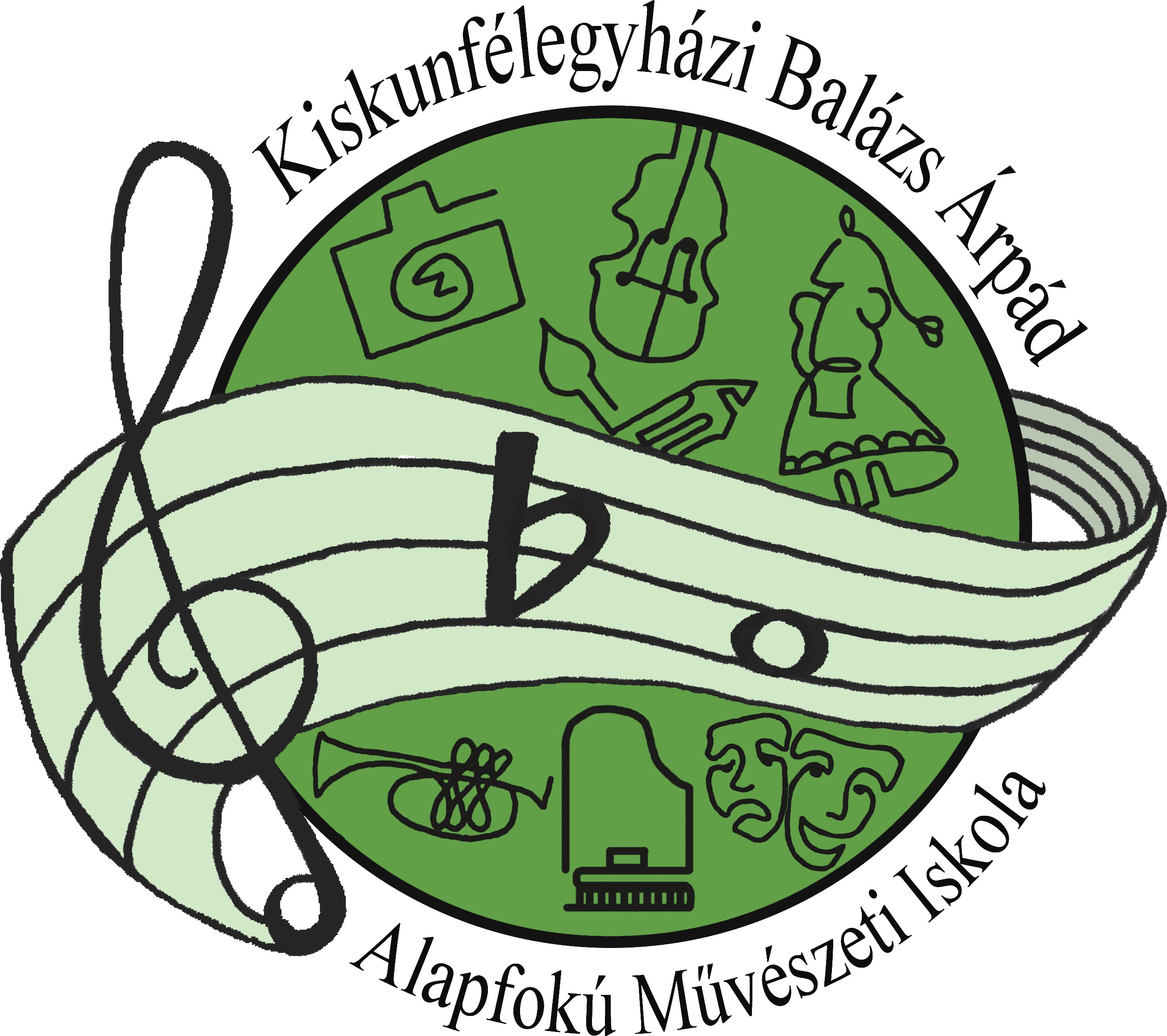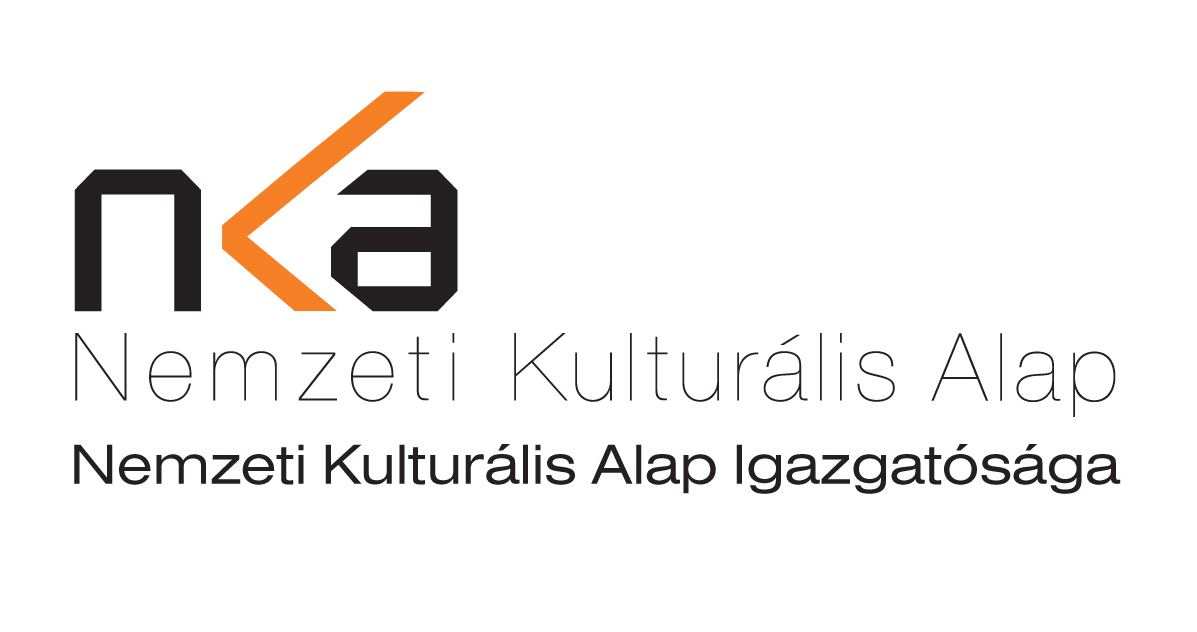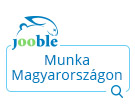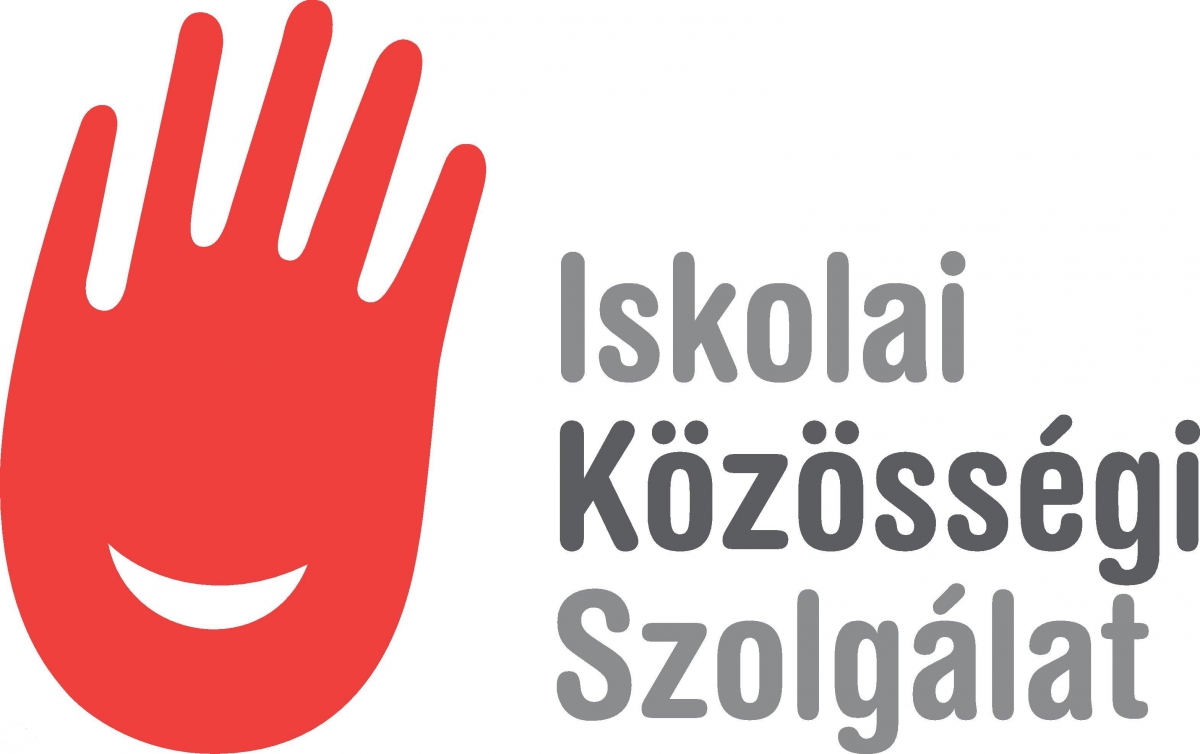History of the library
MONUMENTAL BUILDING – HATTYÚHÁZ (SWAN HOUSE)
In the town centre of Kiskunfélegyháza a beautiful typically Classicist style building catches the eye of strangers as well as of citizens. This architecturally and historically precious monument is called HATTYÚÁZ.
It is architecturally significant as this is the only standing public building in Kiskunfélegyháza that is built in Classicist style. It is also significant in connection of literature because it is connected to Petőfi’s family, it holds Petőfi-memories.
 |
 |
The building had been set up in reasonably short time, between the summer of 1819 and 1820. Most of its rooms gave place to a guesthouse and the apartment of the pub’s operator. The shambles and its additional rooms took the one third of the Hattyúház. The building had a slaughterhouse and a pen as well. It also had an inner yard called Hattyúkert (Swan Garden) which served as a summer pleasure ground. The beautiful Classicist style guesthouse and the slaughterhouse – with their arcade corridors, corniced columns, slightly eminent frontispiece with a white swan on it, which was the pub’s sign and became the house’s name in 1820 – had become the most honourable building of the town’s main square.
In the following periods many changes were made that ruined the building’s style. The Hattyúház’s pub, slaughterhouses and later its shops were rented by numerous people.
The predecessor of today’s Sándor Petőfi Library called NÉPKÖNYVTÁR (Public Library) had been given place in a small part of the building at the end of 1952.
 |
In 1950 the building was declared monument. The condition of the building was declining continuously therefore the city council wanted it demolished in the 1960s’.
 |
After creating the financial resources, the reconstruction started in 1963 an it did not go easily at all. The restoration of the Hattyúház lasted for two years. The overall renewal cost 1.5 million HUF.
According to the plan on the use of the monument, the whole building had been given to Sándor Petőfi City Library. Its ribbon cutting ceremony took place on 30th January 1966.
The Former Slaughterhouse of István Petrovics
The story of the Hattyúház is significant in connection to literature history because it has connections to the memories of Petőfi’s family about Kiskunfélegyháza. Petőfi’s father was one of the first tenants of the Hattyúház. He was a co-tenant from 1822 and between 1824 and 1830 he was the exclusive operator of the two slaughterhouses in the building.
The Petrovics family was moved to Kiskunfélegyháza by the town in 1824. In 1830 the city council changes the conditions of renting the town’s slaughterhouses. István Petrovics then decided not to rent the slaughter again. In November 1830 the family moved back to Szabadszállás. The was the end of István Petrovics’s renting of the Hattyúház.
In order to prove Petőfi’s connection to Kiskunfélegyháza Károly Mezősi PhD had created a Petőfi Exhibition in the Hattyúház.
HISTORY OF THE LIBRARY
The question of setting up a library gained publicity from 1884 in our town. “A town with a population of 35,000 such as Kiskunfélegyháza cannot be left without a library...” could be read in local newsapapers.
Lajos Holló, MP of Kiskunfélegyháza claimed the setting up of a public library in many of his articles.
At the beginning of the 1900s’, so-called semi-libraries were opened in Kiskunfélegyháza. These were primarily used next to booksellers, paper traders and second-hand bookshops.
In 1905 József Vesszősi bookseller and typographer opened his library with more than 1200 volumes in it.
In 1927 Viktor Roykó opened a library and reading room.
In 1936 Viktor Roykó opened another reading room with 20 seats in it.
On 15th January 1939 Béla Takács trainer of Educators’ Institute phrased the necessity of a library in Kiskunfélegyházi Journal:
“The attendance of national culture is a task of cultural politics in Kiskunfélegyháza as well as providing financial welfare of the public and our nation...let the library be the place where readers of all classes and title can find their spiritual food.”
On 2nd July 1940 the city council made a decision about setting up a public library: the City Public Library should be set up with the help of Ferenc Móra Society and the cultural scholarship by Józsefné Kalmár.
On 7th February 1947 the city council declared its decision about setting up the City Public Library.
On 21st December 1949 – after a lot of preparation – the city council declared the opening of the Public City Library at an honorary meeting.
The institute started to operate in the building of the Museum, then at the end of June 1951 moved to the rooms of the shops beneath the town hall.
In January 1953 the library moved to three rooms of the Hattyúház.
In 1957 the library took Sándor Petőfi’s name and a memorial plate was placed at its main entrance the same year.
 |
 |
On 30th January 1966 the Sándor Petőfi City Library was set up in all the rooms of the Hattyúház, on a premise of 365 m2. On 30th December the same year, six show-cases of the Petőfi Execution was opened, made by Károly Mezősi PhD, nationwide well-known Petőfi-seeker.
 |
  |
In April 1986 the Children’s Library moved to 2. Petőfi square to the place of former IBUSZ office, to a premise of 140 m2.
 |
In September 1996 the Children’s Library moved to 2. Gorkij str. to a premise of 260 m2 lett.
 |
In July 1999 our book stock was moved from the warehouses at Dózsa György street and Izsáki road to the warehouses at 2. Petőfi square (about 100 m2) therefore our further warehouses had been ceased.
In April 2002 the Hattyúház could be partly cleaned for the disabled, making it easier to access the hall for the disabled, pregnant and elderly people.
 |
 |
The institute operates as an eHungary Point from May 2004. (eMagyarország Pont)
On 13th February 2006 the Parliament voted for financially supporting the renovation and expansion of the Hattyúház
(463,834,000 HUF, with 15% own investment 69,575,000 HUF)
 |
 |
The new building of the library in Kiskunfélegyháza
On 10th December 2007 the new building of the city library in Kiskunfélegyháza was openeds by which the town gained a new cultural-educational institution.
At the end of November 2006 the throwing out of a new wing had started in the centre of town next to the monumental building. The foundation stone was laid on 22nd January, the Day of Hungarian Culture, after getting being done with the pre-construction geoworks, digging the place of the vault and making the sealant.
 |
 |
At the ribbon cutting ceremony, after the toast speech of Éva Kállainé Vereb library manager the crowd present listened to Sándor Petőfi’s poem “Szülőföldemen” (my native soil) set to music by Árpád Balázs conducted by Béla Kapus. All three of them are freemen of Kiskunfélegyháza.
The local economic trade school uttered wise thoughts by great authors of Hungarian literature, titled “Thoughts in the Library about Man, the World and Knowledge on the Day of Celebrating Books and the Library”.
Mayor József Ficsor reviewed the significant stages in the preparation and the execution of the investment.
In his speech he said the city council had decided to hand in their claim for support in order to start the renovation and expansion of Sándor Petőfi City Library on their session of 14th April 2005.
 |
 |
 |
 |
 |
Thanks to the support of the government the Parliament made a satisfying decision on 13th February 2006. They proposed a Bill for supporting the Kiskunfélegyháza city council with the required 394.259.000 forints, 15 percent of which (that is 69.575.000 forints) supplied by the city council itself within three years. The procedure of public purchase had a result that the ELŐSZER Ltd. executing company in Kiskunfélegyháza won the tender with a reasonable offer of about 400 million forints. The innovation was finished on 30th October, the inauguration was attended to by Gergely Arató state secretary of Ministry of Education and Culture. The second phase of the construction started in 2008 with a budget of almost 170 million forints available for a complete renovation of the old historic building. The mayor emphasised the importance of the innovation and also mentioned that the technical condition and the historic characteristics of the Hattyúház did not come up with the expectations of the age. The whole block was finished on 30th September 2008 by which time costumers could use it.
Péter Fodor PhD.chief manager of Ervin Szabó Capital Library, chairman of the Informatics and Library Committee appreciated the handing over of the new cultural institute. He also reminded the audience that it had been ten years earlier that the Parliament recognised the Cultural Bill as well as the Library Bill that resulted in a serious change of paradigms in the past decade. Libraries intend to serve in different ways – next to the Gutenberg-galaxy – they also offer the opportunity of rapid information for their costumers. Finally he emphasised that there had been a lot of hard work behind that day of celebration as the workers of the library had spent a month and a half for preparing the library to open.
Mária Ramháb manager of the Kecskemét City Library referred to the closeness of the two towns in her congratulation. The reconstruction of the new library had been a dream come true in Kiskunfélegyháza. She found it important that by the library a new home for the public had been born where people could come together, talk and gain information. She expressed her trust that the library would remain to be a centre of local society. She also said she hoped that books of the library would be searched for by lots of people, children as well as the elders.
She thanked the town for jumping at the opportunity of the government’s financial support. Finally she encouraged the audience to use the library’s services.
Mária Kállainé Vereb manager of the new library appreciated the fact that Kiskunfélegyháza had been able to create a new building that met the requirements of the 21st century. The innovation had made it possible that the city library could serve the town’s citizens as well as those of the region in a demanding and cultured environment, especially after the previous adverse circumstances.
She also said that it had been a long time since such a huge cultural innovation in town. She thanked the work of the designer Mária Farkas and the executor ELŐSZER Ltd.
 |
 |
 |
The maintainer had a modern library built that suited the basic requirements of a public library described in the Cultural Bill of 1997: the institution can be used and approached by everyone, and possesses the rooms suitable for exclusively library-wise services.
With the present expansion the basic area increased from 365 m2 to 1635 m2; the store room in Petőfi square had been moved there in summer 2008 as well as the children’s library in October. She stressed that the availability of the library’s services had been edited according to the needs of its costumers: they can visit the library within new opening hours.
After that she thanked for the help of all the people, businesses and institutions that cooperated in the successful moving in and organising the handing over ceremony.
The inauguration ended with the programme of Vox Cumana chamber choir and a tour of the building afterwards.
Hattyúház – Before and After
In the heart of Kiskunfélegyháza a beautiful, classicist building draws the attention of the visitors as well as that of the citizens: the precious Petőfi-memorial, the Hattyúház that gives place to the city library since 1952.
Thanks to the support of the government the Parliament made a satisfying decision on 13th February 2006. They proposed a Bill for supporting the Kiskunfélegyháza city council with the required 394.259.000 forints, 15 percent of which (that is 69.575.000 forints) supplied by the city council itself within three years. The procedure of public purchase had a result that the ELŐSZER Ltd. executing company in Kiskunfélegyháza won the tender with a reasonable offer of about 400 million forints. The reconstruction went off in two phases: first, the new annexe was built in 2007 then the inside and outside renovation of the historic Hattyúház was executed in 2008. Thanks to the state’s support and the town’s financial support a modern, up-to-date building is available for the public in the centre of town. As a result of the expansion an area of approximately 2000 m2 is serving the library’s needs.
The ground floor of the new annexe gives place to the adults’ lending, the periodicals’ reader and another reading room while on its first floor there is the children’s library. In the renovated Hattyúház one can find the Collection of Local Knowledge, the Internet department and the Media room. There is also a room for exhibitions and events such as literature evenings or new books’ presentations. A cloakroom and beverages are also available for the library’s visitors.
The whole group of the renewed buildings was handed over on 4th November 2008. The ceremony was attended to by Katalin Szili Dr., Chairwoman of the Hungarian Parliament.
The building was blessed by István Talapka, abbot of the church of Sarlós Boldogasszony.
In her greeting speech, Katalin Szili Dr. chairwoman said that there were two things today’s man could give their children and grandchildren: the sources of knowledge and the wings of freedom. She appreciated the role of the societies as they form the present for one very reason: the future. Therefore it is everyone’s responsibility to think together and find partnership and piece together.
József Ficsór, mayor of Kiskunfélegyháza emphasised that the modernisation and expansion of the library proved that the town had been able to spare money for a source of culture too, next to institutions of health care and education.
István Garay Dr., Member of Parliament mentioned that the recent innovations supported by state were significant for the generations of the future as well. He said future was the young who seek for culture inside the walls of the library and gain the disciplines there for fighting the future’s challenges. He told: he believed that those walls would not only be a rigid tool of delivering knowledge and culture but also a warm and human scene for forming societies in town.
A brief historical overview of the building’s past and present titled Hattyúház – Before and After was given by Mária Kállainé Vereb, manager of the library. She also thanked for the efforts made by city council in order to expand and renovate the library. After that she and József Ficsór mayor thanked Mrs. Mária Farkas (Domiporta Ltd.), the employees of executor ELŐSZER Ltd. and the employees of the libabry for all their hard work then they thanked the sponsors for all their financial support.
 |
 |
The new institution was greeted by Mária Ramháb, manager of Kecskeméti József Katona Library, Tibor Ágoston, manager of Lajos Kossuth Secondary and Technical School – biggest secondary school in town –, and Mária Szabó MD. retired doctor, reader of the library. The first exhibition in the renovated events’ room of Hattyúház was that of Miklós Bodor graphic artist titled The Way in the Alföld and Felvidék in Petőfi’s Life where a greeting speech was given by Sándor Endre deputy mayor. The exhibition was opened by Tibor Falu Dr. lawyer. After attending the exhibition the participants took a tour in the renewed Hattyúház and its new annexe. Due to the extraordinarily huge interest the moments of the opening were also broadcasted on a projector. The event was featured by István Juhász retired secondary school teacher, freeman of town and by Judit Hegyesi violin teacher who in 2008 was awarded the Endre Reményi Award funded by Ferenc Móra Association of General Education.
|
Mária Kállayné Vereb manager |
Orsolya Pálfyné Varga librarian |

